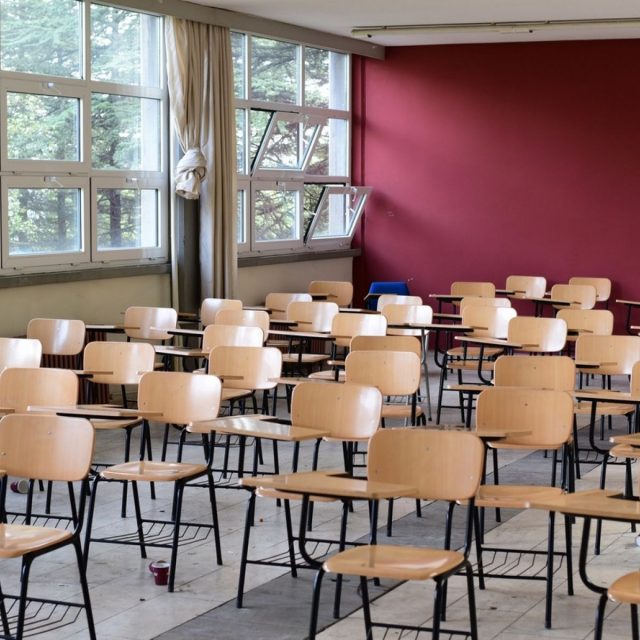irishtimes– The Government has abandoned plans to bring Leaving Certificate students into class for three days a week from next week amid mounting opposition from teachers and principals.
Plans to reopen special schools or classes for children with special needs have also been scrapped pending “further engagement with all education stakeholders”, the Minister for Education, Norma Foley, said.
The U-turn came less than 24 hours after the plan to bring up to 60,000 Leaving Cert students and an estimated 18,000 pupils in special schools and special classes back to school next week was announced at a Government briefing on new lockdown measures in a bid to stop the spread of Covid-19. It said the plan was for all other children to be taught remotely.
In a statement on Thursday night, Ms Foley confirmed all schools would now remain closed from Monday January 11th.
From this date, all students, including children with special needs, “will resort to a programme of remote learning in line with the rest of the Government restrictions”.
Ms Foley’s statement came after confirmation by the two main secondary school teachers’ unions that they would not be co-operating with the initial plan to reopen schools on Monday.
The Teachers’ Union of Ireland has welcomed the decision “now taken, somewhat belatedly, by Government to finally do the right thing”.
It said its members would not be attending their workplaces for in-school teaching next Monday, “or on subsequent days, but will be available to provide emergency remote teaching and to support their students including, in particular, students with special educational needs”.
‘Significant concerns’
The Association of Secondary Teachers, Ireland (ASTI) said it had instructed its members not to co-operate with Monday’s planned reopening. “The decision is based on significant concerns about the health and safety of students, teachers and other staff,” it said.
One Dublin secondary school had earlier announced it would defy the Government plan. Alexandra College in Milltown, south Dublin, told parents and students that a partial reopening would pose unacceptable health risks.
A number of other schools, including special schools, had also signalled they would not reopen on Monday.
“Nphet and public health continue to hold the clear view that schools are safe places, as outlined in the letter to Government from the CMO [chief medical officer], published today,” Ms Foley said.
“It is with regret that I announce that, despite the confirmation by public health that schools remain safe, that children in special schools and special classes and Leaving Certificate students will not be extended in-person learning.”
Labour leader Alan Kelly said earlier he expected the Government to “come around” and reverse its decision to continue school classes for Leaving Certificate students during January.
Sinn Féin leader Mary Lou McDonald had said there was real and growing concern about the plan to bring Leaving Cert students into schools next week.
Relative safety
Meanwhile, public health officials on Thursday night restated their views about the relative safety of schools in the pandemic, while expressing concerns about the overall level of transmission of the virus in society.
“Schools are not dangerous, they are safe places in relative terms,” chief medical officer Dr Tony Holohan said.
Because of the level of infection in the community, issues associated with schools such as parents meeting up and transport had to be considered by the National Public Health Emergency Team (Nphet) when it came to children returning to school, and not just education itself within the classroom, he pointed out.
He said the “quantum of activity” involved in allowing Leaving Cert students to attend school three days per week was “totally different” to allowing all schoolchildren back to school full-time.
A further 10 deaths of Covid-19 patients were reported by Nphet on Thursday along with 6,521 new confirmed cases of the disease.
The reproduction number for Covid-19, a key measure of how fast the disease is spreading, now stands at between 2.4 and 3, higher than at any time since the start of the pandemic.







